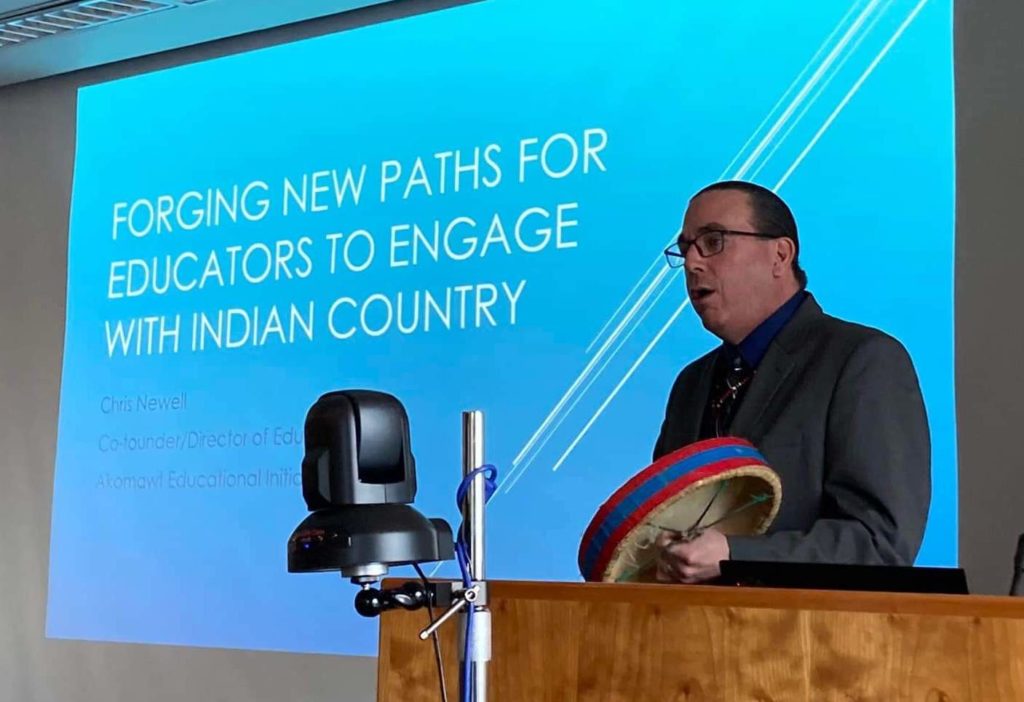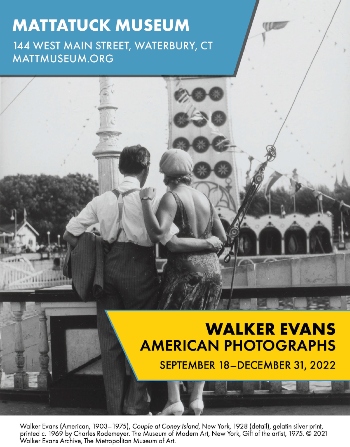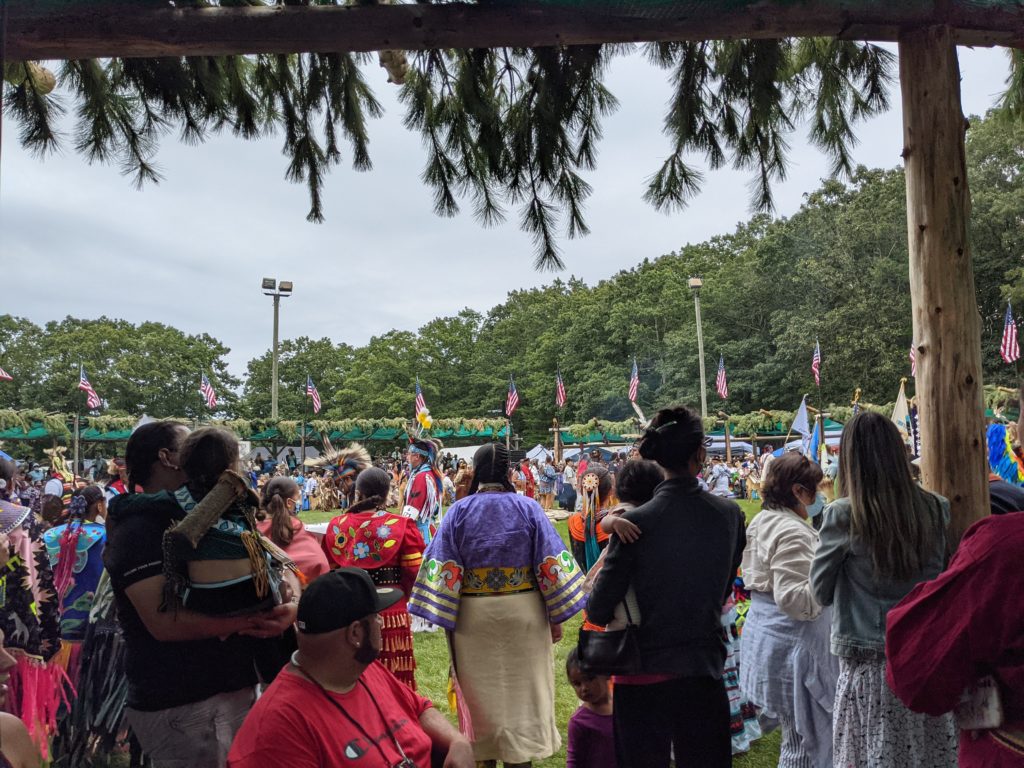By Chris Newell
(c) Connecticut Explored Inc., Fall 2022
Subscribe/Buy the Issue!
What can Connecticut residents expect from the mandate to include Native Studies in our public school curriculum (included in the budget implementation bill Public Act 21-2, passed June 2021)? This is a burning question on the minds of many teachers, administrators, parents, and students. As an on-the-ground educator and an education consultant, I intend for this article to give a clearer picture of what we will see in our school curriculums statewide in the coming year.
The new mandate goes into effect in Fall 2023. The legislation does not expressly require the classroom educator to meet a specific standard in their knowledge of Native studies. Instead, it is the first step in a much larger process. A standard inclusive of stakeholders from all parties, including schools, administrators, and students, but most especially Connecticut’s living Native populations, will expand all Connecticut students’ knowledge of the past and the present.

Chris Newell speaking to students and faculty at Colgate University, March 2022. Courtesy of Chris Newell
Much of the work of Akomawt Educational Initiative, taken on by me and my two co-founders endawnis Spears and Dr. Jason Mancini, has been centered on normalizing the sense that Native histories in this state should not be compartmentalized in the classroom but should just be considered history. The intersection of Native peoples with 12,000+ years of sustainable occupation of the land we now call Connecticut did not end with European colonization. Instead, it took on different forms and narratives that ultimately helped shape today’s state.
Some may have trepidation about adding yet another mandate for material that teachers will have to master and incorporate into an already jam-packed curriculum. However, in my personal experience, there is a tidal wave of teachers who recognize the incomplete nature of the material they’re graduating students with and want to do better by them. For those that have trepidation, let me calm your fears. I encourage you to look at this new era in Connecticut’s education experience as one that benefits not just Native students but all students—and the teachers themselves.
As people who have a role advising the Connecticut Department of Education on implementing the mandate, we at Akomawt strongly recognize that teachers themselves have been subjected to an education experience that upheld a system that rendered Native people in the state of Connecticut invisible. Current teachers and those that came before them have participated in this process, not out of bad intentions but rather out of cultural norms. As a result, teachers engaging in teaching histories and contemporary issues across the state are hungry now more than ever for good resources.
The most important benefit we are all getting as a result of this mandate is the creation and addition of new classroom-ready materials to help teachers and school systems satisfy the mandate in a meaningful way for their students. The timing of the mandate coincides with an education movement to “decolonize” classroom education, or what we at Akomawt call “re-Indigenizing history.” Connecticut has five recognized tribes. With this mandate, all educators can expect new materials from the five living communities who are actively engaged and ready to tell their stories from their perspectives. By starting in the present with the creation of new material and by centering on the living voices of Connecticut’s Native populations, we will see this approach create education dividends almost immediately.
No longer, for example, will Connecticut students walk into the Mashantucket Pequot Museum in Mashantucket (the world’s largest tribal museum) and ask innocently, out of curiosity, “Are the Pequots still alive?” By starting with living Native communities and centering their knowledge in the new material, my enrolled Pequot children will not enter your classroom and feel like their presence is neglected in favor of colonized narratives that leave their families out of Connecticut’s history. Instead, Connecticut students and their educators will be armed with Pequot-sourced material that can supplement their life-changing visit to the museum both before and after.
The creation of the mandate is not meant as a one-off program. The idea is a fundamental change for the long term. In that regard, teachers become active learners as they explore the local Indigenous landscape. Rather than overburdening educators with mastering unfamiliar material, the beginning of the process of implementing the mandate will be an active learning process for students and their teachers alike.
Akomawt’s contribution to this effort will include helping the state draft guidelines, best practices, and standards that address pragmatic questions such as how to talk about Native cultures and histories through the linguistic worldview of the English language. We will address questions such as, “What are this medium’s limitations?” and “How can teachers introduce new language to their vocabulary to overcome these obstacles?” Educators will find practical solutions for going beyond the generalized terminology of “Native American,” “American Indian,” or even “Native.” You will immerse yourself in localized notions of Algonquin-speaking woodland cultures. Sustainable notions of stewarding the land vs. land ownership and even the knowledge to challenge English language notions of “civilization” and “improvement” or “development” will become familiar.
By arming our students and our educators with this practical knowledge and by localizing their understanding of the Indigenous landscape they occupy, we discover that we as human beings have something to learn from Native peoples. Native peoples in Connecticut existed in a complex landscape with multiple economies and advances in science over the western world. Large wars and battles leave tons of archaeological evidence, yet no battlefield records exist until colonization. To learn about land stewardship as a normal part of the education experience for the Connecticut student is to relearn the lessons of Indigenous sustainable practices. The long-term benefit goes beyond the tribal communities and extends to all people who call this landscape home. The landscape we now call Connecticut is rich with a wealth of knowledge that can benefit all human beings that occupy this space. 
As a Passamaquoddy, I am a visitor in the homelands of the tribes where I now reside. My job is not to take the lead in front of their voices. As a father of Pequot children, I am interested in the future that I leave for them and their children’s children as I contribute to our communities here. My job is to leave this world better than I found it for the next generations.
Connecticut has largely failed in its inclusion of Native histories. The colonization of Connecticut involved genocide, war, and rapid dispossession of Native homelands by settler populations, according to Native histories and records of the Colony of Connecticut alike. That history is hard to grapple with. These are moments when we as human beings fail. The mindset that education should build a sense of pride in one’s home has led us to forget the bad and ugly parts of human history in favor of only telling the history that serves that narrative. I counter that this approach ultimately damages our understanding in the long term. Learning hard histories is not about pointing the fingers of blame. All human populations have lessons to learn from the past. It’s about learning how our state came to be. It’s about knowing that the process was not perfect, and at times, we as human beings failed. Admitting those failures is the first step toward learning from them. By learning from them, we as residents of this new state of Connecticut can build a better future for us all and, more importantly, sustain it.
What can teachers and students expect? You can expect that this is a long-term process that will have a beginning and will build outward from there. This effort is not a singular static moment in time. The material will be fluid and approach the topic in modern ways that scaffold Native knowledge systems into the history, science, and arithmetic already being taught—enlightening our students and educators rather than burdening them. The goal is for students to be fully armed and ready to engage with the diversity of America and all of its history, not just those moments we find pleasant and that lionize certain historical figures while ignoring obvious human mistakes of the past.
Fall 2023 is the beginning of a new journey for the education experience of the Connecticut student, both for my children and yours. It’s a fascinating time. The hunger educators have for new sources will ultimately be filled by our most outstanding experts on Native cultures in Connecticut today, the tribes themselves. Embrace it, and you will see the benefits go far beyond the classroom. While the centering of Native voices in this material is essential, it is also wise to remember that we, as Native people, cannot accomplish the lofty goal of fostering a more informed public alone. It took multiple generations for the education system to wipe Native peoples out of the experience. Ultimately, it will likely take numerous generations to undo that. We need your allyship for the long term, and I look forward to joining and supporting you all in this effort.
Chris Newell (Passamaquoddy) was an advisory team member of the 20 for 20: Innovation in Connecticut History. He is co-founder of Akomawt Educational Initiative and former executive director of the Abbe Museum in Maine. He last wrote “A Return to Equal Suffrage in Connecticut,” Summer 2020.
 Explore!
Explore!
Find all our teacher resources on our TEACH page
Find all of our stories about the Native American experience in Connecticut on our TOPICS page
GO TO NEXT STORY
GO BACK TO FALL 2022 CONTENTS

